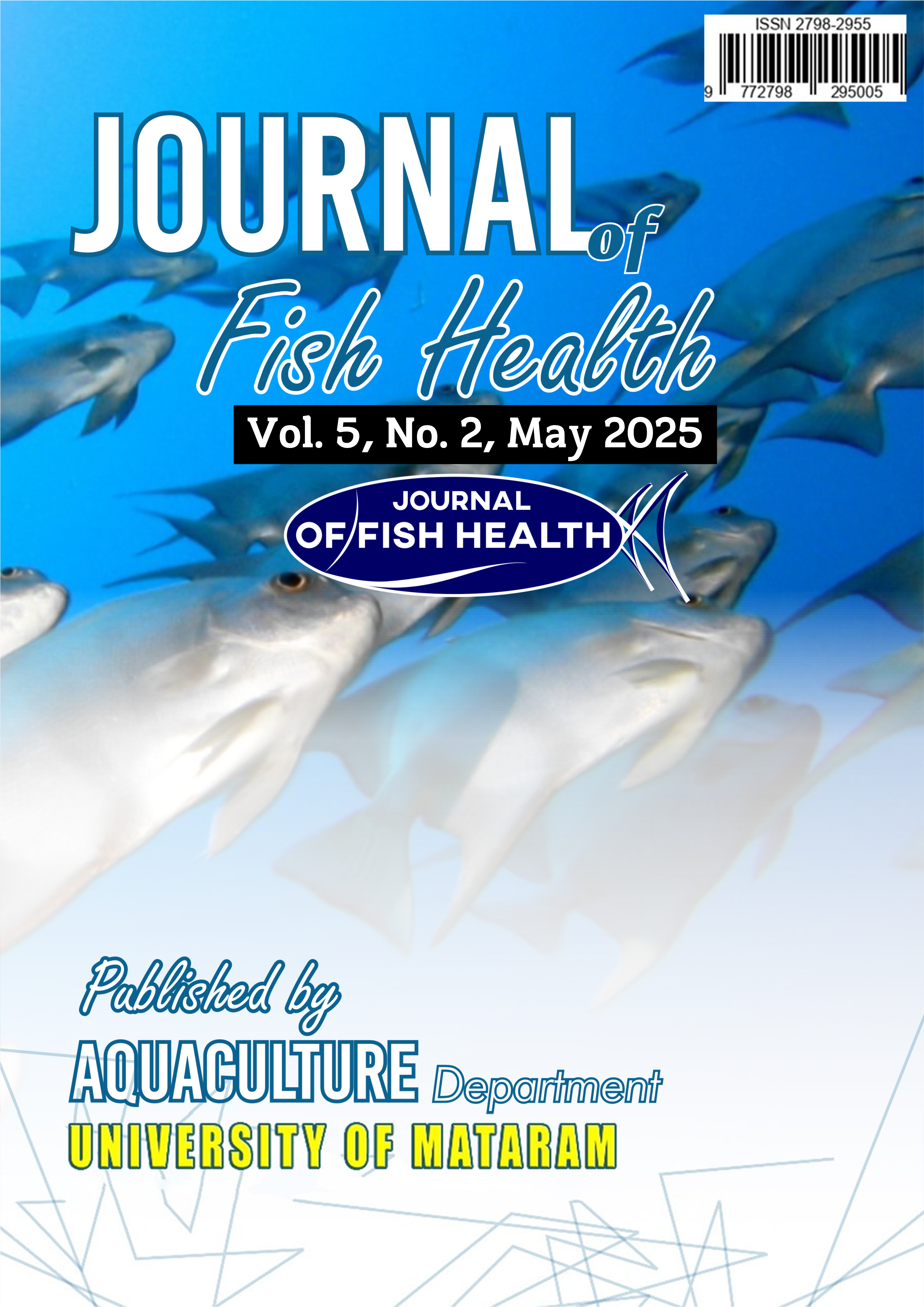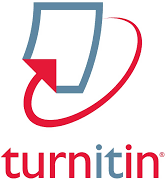Growth and Maintenance of Abalone Seeds (Haliotis Squamata) with Seaweed Feed at Balai Perikanan Budidaya Laut Lombok
DOI:
https://doi.org/10.29303/jfh.v5i2.6283Kata Kunci:
Abalone Seeds, Aquaculture, Nursery, Rearing, SeaweedAbstrak
Abalone is a seafood commodity with high economic value, because it is a food that is rich in protein and has aesthetic value in its shell. Market demand continues to increase in several Asian countries. The majority of the abalone industry still relies on natural products, resulting in continued exploitation of abalone. Abalone cultivation is the right choice to prevent extinction due to exploitation. One of the cultivation activities is raising abalone seeds, so this activity aims to understand the management of raising abalone seeds (Haliotis squamata) so that they produce quality seeds. This activity was carried out from March 13th until May 6th 2024 at BPBL Lombok, Sekotong. Data collection techniques use secondary data and primary data. Abalone seed rearing management includes several stages, including preparation of rearing tanks, namely cleaning fiber tubs and sterilizing the tubs, spreading seeds 1-2 cm in size, 2 months old with a density of 500 fish/basket, management of feeding Gracilaria sp., Sargassum sp. and Ulva sp. given ad libitum, the results of measuring the growth of abalone seeds have increased with absolute weight growth of 2.87 gr, absolute length growth of 0.59 cm, and SGR growth of 1.04 % per day, as well as seed SR value of 95.7 %, water quality management and checking water quality parameters during maintenance and handling pests that can attack abalone seeds.
Unduhan
Diterbitkan
Terbitan
Bagian
Lisensi
1. The copyright of this journal belongs to the Editorial Board, based on the author's consent, while the moral rights of the publication belong to the author(s).
2. The formal legal aspect of journal accessibility refers to the same Creative Common Attribution + Noncommercial + ShareAlike (CC BY-NC-SA), implying that publication can be used for non-commercial purposes in its original form.
3. Every publication (printed/electronic) is open access for educational, research and library purposes. In addition to the objectives stated above, the editorial board is not responsible for copyright infringement















